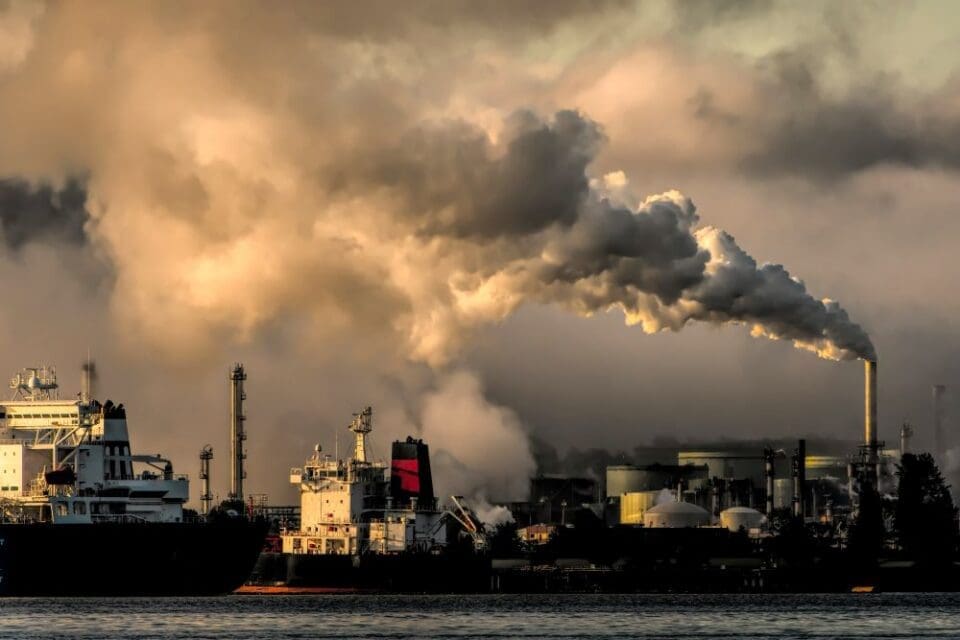In the global energy industry, 321 million tons of CO2 were emitted in the past year. The rise in greenhouse gas emissions in the past century is taking a toll on the environment. Twenty years from now, we will create irreversible damage to the earth at this emission rate.
The rate of carbon emissions is increasing per year. Emissions from oil increased by almost 2% in the last year. While fossil fuels are the largest contributor to carbon emissions, the oil and gas industry is responsible for about 15%. Around 57 producers account for 80% of CO2 emissions in the oil and gas industry. CO2 sensors can detect the amount of CO2 in the surroundings, which can be used to collect data and tally the area around offshore and onshore sites.
Negative effects of CO2 emissions on Earth
CO2 emissions have a chronic effect on the environment. When released into the atmosphere, greenhouse gases, especially CO2, absorb sunlight, which in turn slowly raises the earth’s temperature. The rising temperature causes survival issues for living beings. These gases also cause respiratory diseases due to smog and air pollution.
The global warming cost due to these emissions raises the earth’s overall temperature, which causes water bodies to warm up. Aquatic life cannot survive at this high temperature as it requires a moderate temperature. Along with marine life, terrestrial life is also affected by the raised temperature. Global warming causes the melting of glaciers, more evaporation of water, etc.
Lowering emissions caused by the oil and gas industry, along with other industries, is necessary. Oil field services are expected to rise at a 5.9% CAGR from 2023 to 2030. This shows the growth of the oil and gas industry in the upcoming decade and also directs our attention to the pollution it may cause.
A new way to capture carbon
Research has been conducted worldwide to find the solution to this problem. An Italy-based company named Eni recently proposed a way to capture CO2 from the oil and gas industry into empty gas reservoirs. This empty reservoir will be around eight miles under the sea bed. As these empty reservoirs do not contain any natural gas or oil, they are practically useless to us anymore. So we can use these reservoirs to store the carbon emissions into them, which can be later left as they were earlier or seal packed. The cost of this project is approximately around $5 billion dollars.
However, the researchers think that this will organize the oil and gas industry regarding the pollution and emissions caused by them. There are certain factors that we need to look through, such as the fact that these gas emissions will be stored under the seabed. There is a need to adequately research the effects it may have on the earth’s crust. Also, there is no guarantee that these gasses, together with the minerals of the earth’s crust, will not create any explosives or other hazardous chemicals which, when leaked, may cause a hazardous effect on the ocean bed.
Even though the new carbon capture method cannot save us from the big climate change and gas emissions issue, it is definitely a step forward toward a greener and cleaner future. There is always a scope for improvement in this field and technology which needs continued research and advancements using out-of-the-box approaches like carbon capture!
Oil and gas operations are commonly found in remote locations far from company headquarters. Now, it's possible to monitor pump operations, collate and analyze seismic data, and track employees around the world from almost anywhere. Whether employees are in the office or in the field, the internet and related applications enable a greater multidirectional flow of information – and control – than ever before.











